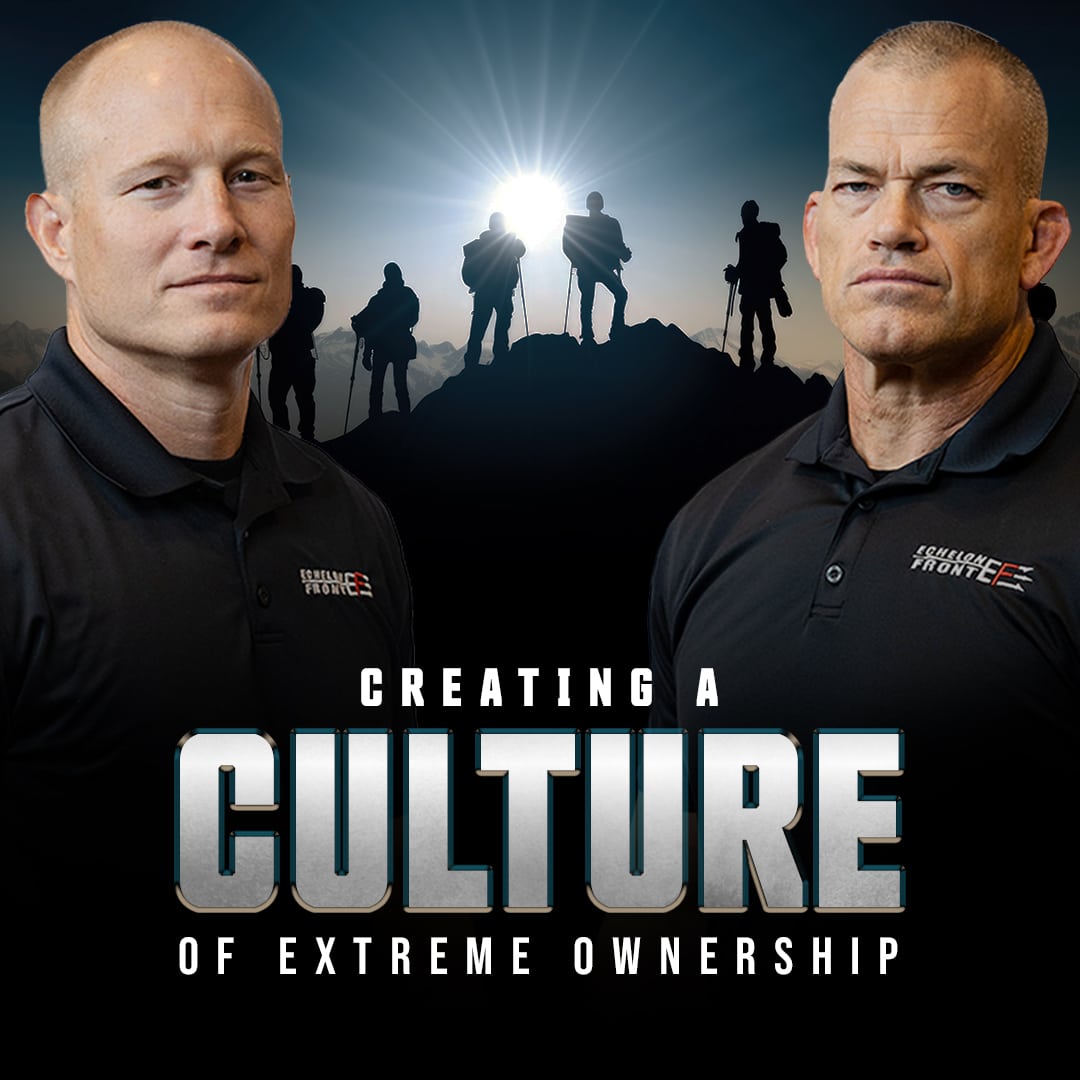Culture isn’t just a buzzword thrown around in boardrooms—it’s the backbone of any thriving organization. Over the long haul, a strong culture isn’t just desirable; it’s essential for attracting and retaining top talent, fostering a growth mindset, and driving innovation. A robust culture empowers every team member, making them feel valued and integral to the organization’s success. In a strong culture, everyone leads; they understand the goal and the parameters for achieving it without needing constant direction. It’s the ultimate form of Decentralized Command. So, let’s explore why workplace culture is important and how leaders, at every level, can nurture and cultivate a robust culture within their organizations.
Lead by Example
As a leader, your actions speak louder than words. You set the tone for the entire organization. If you want a culture of innovation and resilience, you must embody those values yourself. When mistakes happen—as they inevitably will—avoid the temptation to punish or criticize. Innovation thrives in an environment where failure is viewed as a stepping stone to success, not a mark of incompetence. Treat every team member with respect. The best and most influential leaders I worked for during my 30-year career in the military treated everyone with respect, regardless of rank. And remember, owning your mistakes fosters trust and demonstrates the importance of accountability—a crucial aspect of any strong culture. This is another reason why workplace culture is important – it creates the behaviors you want your people to espouse without you having to say anything.
Positive Reinforcement
Positive reinforcement serves as a potent tool in molding behavior, requiring keen observation and genuine acknowledgment of your team’s efforts. Gratitude is a virtue. Ensure that you acknowledge each individual’s contributions and make them feel like valued members of the team. Small acts of appreciation, such as heartfelt compliments and expressions of gratitude, can significantly elevate morale and solidify desired behaviors. While formal recognition, like awards, holds value, it’s crucial to balance it with more frequent, informal gestures. A simple acknowledgment of a team’s hard work solving a problem or a well-thought-out and professionally conducted safety brief can go a long way. As World War II General Bruce C. Clarke wisely noted, “Ten pats on the back for each kick in the shins is a very good ratio for a commander.” Furthermore, granting autonomy as a reward can be highly effective. By offering individuals more ownership over their tasks and decisions, you empower them to innovate and adapt as they see fit, of course, within the parameters of legality, ethics, and safety. This all creates a sense of belonging that fuels motivation and commitment, driving individuals to go above and beyond for collective success. This is why culture is important in the workplace – it pushes people to do their best.
The Power of Storytelling
Stories have a unique ability to convey values, inspire action, and foster connection. Sharing workplace stories—both successes and failures—helps reinforce the organization’s values and identity. Highlighting individual achievements, overcoming challenges, and learning from setbacks cultivates a culture of resilience and continuous improvement. Candid narratives about past failures and the lessons learned promote transparency and encourage risk-taking. Additionally, celebrating organizational milestones through storytelling fosters a sense of collective achievement and pride, strengthening the bond among team members. Stories have always been a powerful tool to share ideas and reinforce values, use them to build the culture you want.
Conclusion
In conclusion, building a strong culture isn’t a one-time effort; it’s an ongoing journey that requires dedication and commitment from leaders at every level. I have seen firsthand toxic cultures at an organization transformed into positive ones. It didn’t happen overnight, it was a campaign and did take some time. But it happened. By leading by example, providing positive reinforcement, and sharing compelling stories, organizations can create an Extreme Ownership culture that attracts top talent, drives innovation, and ultimately leads to long-term success. So, let’s start cultivating the culture we want to see in our organizations.



